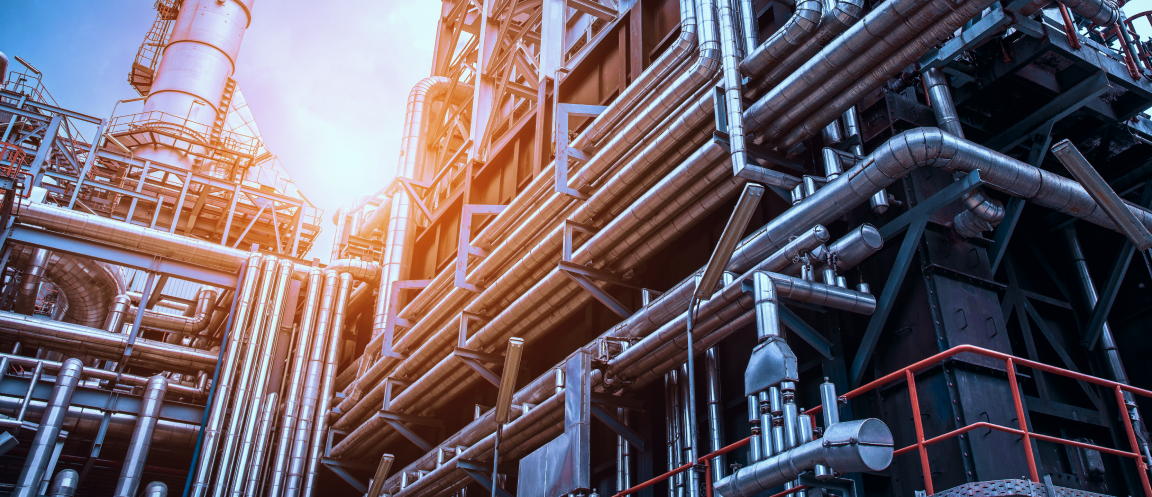
16 Nov Technology and costs for decarbonisation of the existing European gas grids
The decarbonisation of the gas grids will be an integrated part of the future Smart Energy Systems. Gas is not just natural gas: it can also be renewable gas, produced from various feedstocks in the forms of biogas, biomethane, hydrogen or synthetic gas. Renewable gas can also be produced from excess electricity generated by variable renewable sources (such as solar and wind). The existing natural gas transport and distribution infrastructure is well developed and interconnected in Europe. Almost all member states have a natural gas distribution system, although in the Eastern EU countries gas infrastructure is mainly based on gas transit business and not domestic applications.
Current investments in large natural gas infrastructure are mainly driven by security of gas supply objectives, wholesale markets’ integration and shifts in gas supply. Some of these investments are questionable as it is expected that the existing gas infrastructure can cope with the future gas demands. However, the need and role for this infrastructure will likely change in the future, because of the need for increased security of supply or increased electrification in the heating sector. In most of the scenarios, the development of the gas networks and related storages will be strongly linked to power‐to‐gas technologies that can integrate more renewable energy and use the grids as chemical storage.
sEEnergies team has conducted an assessment of the existing gas distribution network types and typologies in the EU28, together with a documentation of the current status of European gas interconnections, their capacities and roles, by considering the grid sizes, types and sizes of the gas storage. Different storage options such as salt‐caverns, gas grid itself and compressed or liquefied tanks are included in our report. The study also includes the cost assessment of identified sizes and types of networks and storages.
The sEEnergies team also investigates the future role of types of gas, gas grids and storages that will be part of the gas network and market in the future smart energy systems in Europe, by looking into various scenarios and taking into account the uncertainties in different levels. Read more here.

